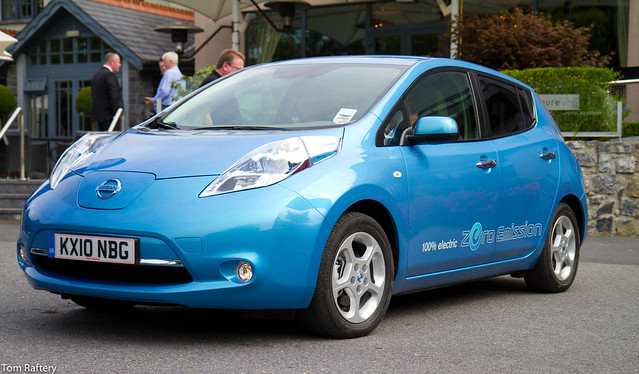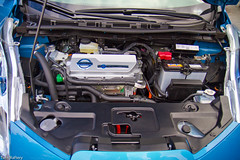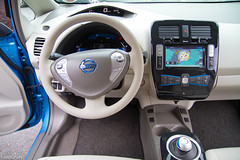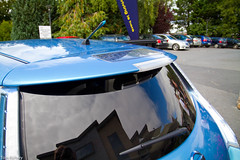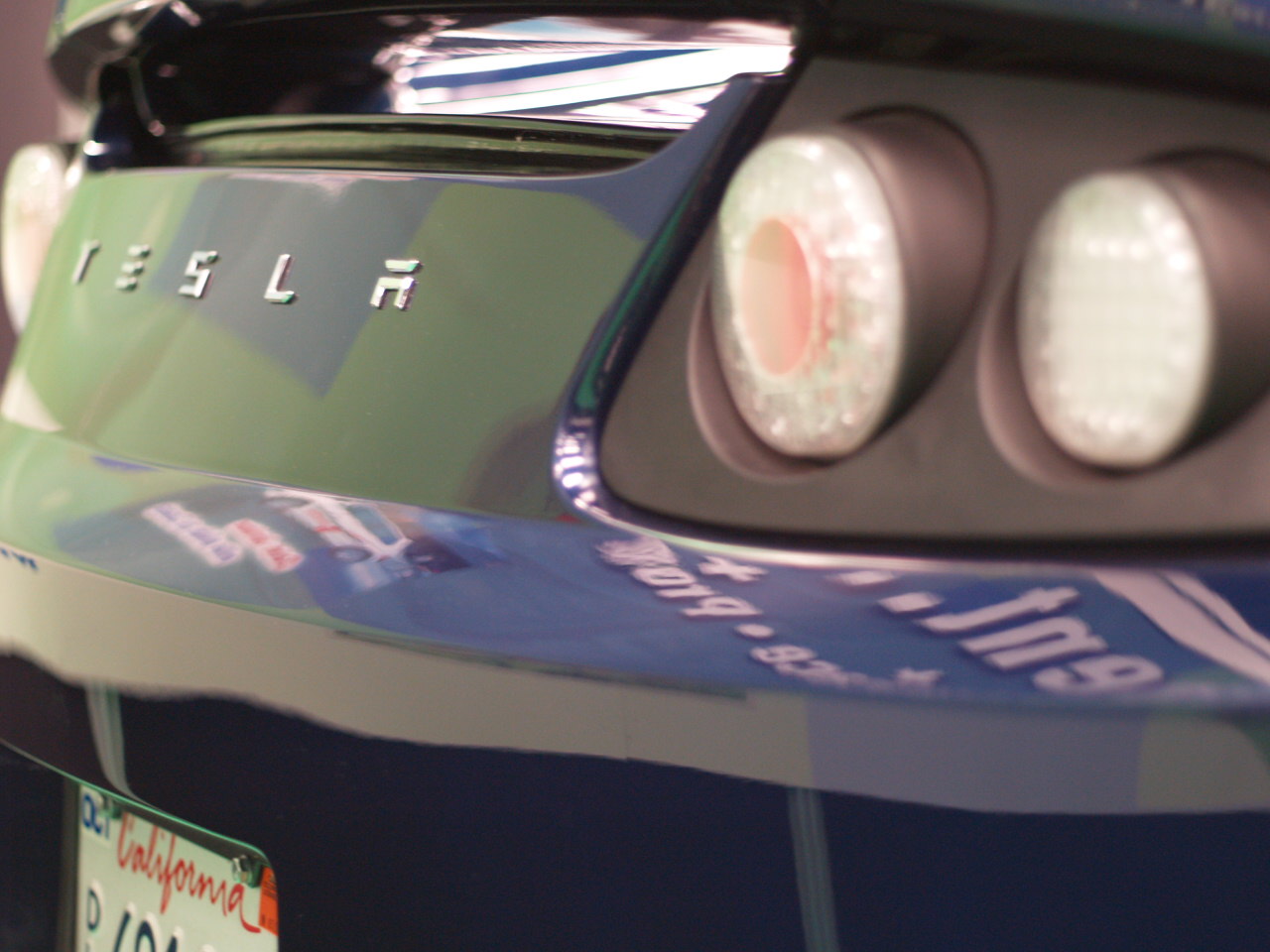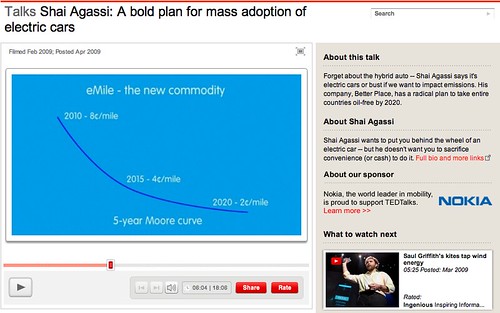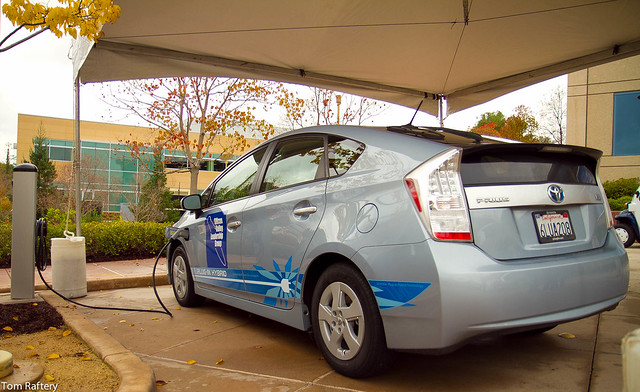
In August 2010 I was given the chance to test drive a pre-production model Nissan Leaf in Ireland. I was totally taken with the experience, so it was with a certain amount of delight I read last week that IBM and ESB eCars were collaborating to implement a country-wide smart charging IT system for electric vehicles in Ireland.
ESB Networks has so-far approximately 1,000 electric vehicle public charging points currently available, with a target of installing 1,500 on-street charge points and 30 fast charge points. ESB also have Android and iPhone mobile phone apps to help drivers locate charge points throughout the country.
The IT system being created by IBM and ESB will allow drivers to access, charge and pay for a car charge using an identification card. According to the release:
The IBM EV platform will enable EV drivers to select convenient payment options and access all charge-points using one ID card – a process that will aggregate usage costs and simplify billing. This smart charging capability allows consumers to charge anywhere at anytime, regardless of their electricity provider and without the need to carry multiple access cards. Additionally, drivers will also have the option to use a mobile device or browser to locate the nearest charge post, check its availability, and make a reservation if the post is available.
This gives tremendous flexibility and ease of use to drivers of electric vehicles, while also providing valuable data to utilities on energy usage. This usage data will allow better forecasting of demand and help balance the load on the power grid as well as help ESB Networks to monitor the health and status of the charge-points to ensure service reliability.
The changeover to a national fleet of electric vehicles is always going to be a difficult proposition which will take considerable time and faces the familiar chicken and egg issue. However a move like this from ESB and IBM will certainly help reduce the chicken and egg issue somewhat and should contribute to a faster adoption of electric vehicles in Ireland.
Full disclosure – IBM and ESB Ireland are not GreenMonk clients (though in the past IBM has commissioned work from GreenMonk).
Image credits Tom Raftery
Follow @TomRaftery





